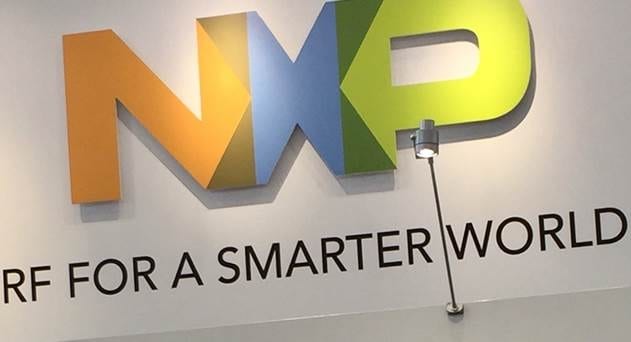Trusted and secure execution of virtualized cloud workloads at the edge is driving new distributed computing paradigms.
The LX2160A features sixteen high-performance Arm Cortex-A72 cores running at over 2 GHz in a sub 30-watt power envelope, supporting both the 100 Gbit/s Ethernet and PCIe Gen4 interconnect standards. In addition, it provides L2 switching at wire rate and includes acceleration for data compression and 50 Gbit/s IPSec cryptography. The NXP Layerscape processor family, stretching from single-core sub-1W processors to the 16-core LX2160A, provides the broadest family of 64-bit Arm processors available1.
NXP supports and drives the rich Arm ecosystem for virtualization, building on the foundations of open source projects for cloud and network function virtualization including Open Daylight, OpenStack, and OP-NFV.
NXP Arm processors incorporate hardware for virtualization technologies such as KVM and Linux containers and hardware acceleration of network virtualization. NXP also supports industry-standard APIs for virtualization, including DPDK, OVS, and Virtio, and standard enterprise Linux distributions, such as Debian and Ubuntu.
Tareq Bustami, SVP and GM, NXP Semiconductors
As workloads move from the cloud to the edge they benefit from reduced latencies, greater security and improved resiliency. The performance and the bandwidth integrated into the LX2160A provides an ideal platform for a variety of networking, data analytics and data processing workloads.
Bob Wheeler, Principal Analyst, The Linley Group
Network service providers, cloud companies, and industrial IoT companies are developing edge computing, drawn to the technology’s ability to deliver cloud-computing services at lower latency and with greater privacy, while consuming less WAN bandwidth.




















